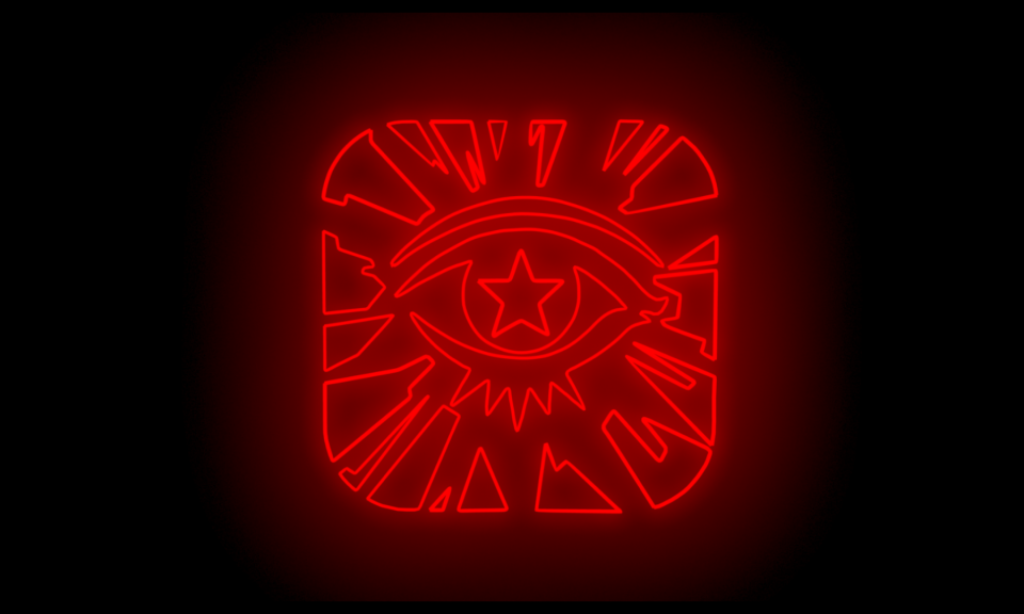Animation is still not my strong suit.
But, I have learned a lot in this module.
My virtual trajectories project definitely had its ups and downs, not to mention PLENTY of issues to make completing it a heavy challenge even with help. However, I now know to some degree the steps and requirements needed to design, model, rig, and animate my own character, which is definitely an incredible life skill to have in the industry.
Animating by hand is a skill that definitely still eludes me though. I definitely think without the help from the mocap data we recorded, I would not have been able to get this done on time. Kelvin was also an amazing help with my project and I owe a lot of solutions to the problems I ran into to him.
There were also some outside issues that made completing my project a bit more tricky. My significant other – whom I haven’t seen in two years due to COVID – was visiting during the final weeks of the project, which definitely made it hard to want to put attention to Maya work over her. Thankfully she was very understanding when I decided to sit down and work hard on my project for a few days.
To conclude, I can safely say I owe a lot of the strength my project has to the help I got along the way, but now that I know what to do, I am confident in saying I have some ability to allow me to create and animate a character I need for any project in the future.

